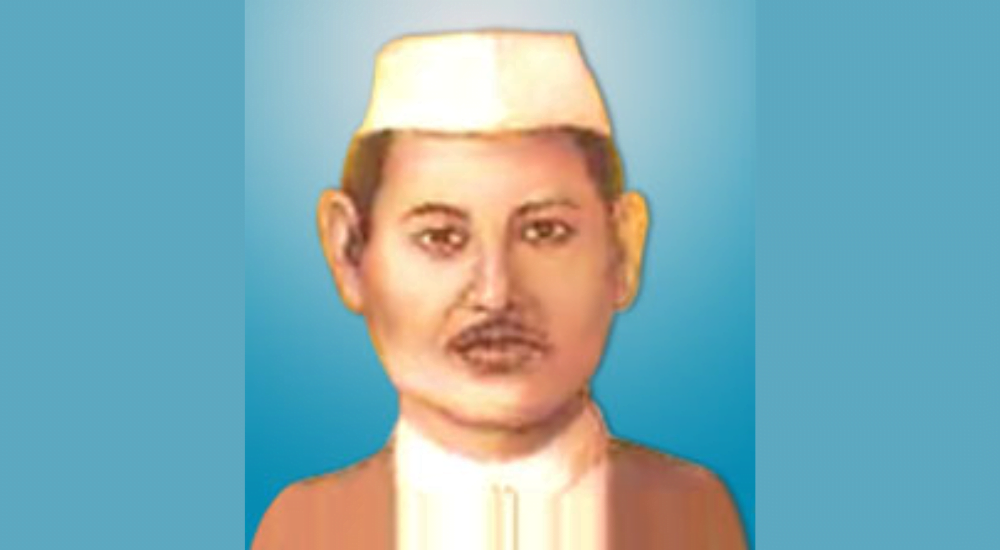Baikuntha Shukla Biography
Date of Birth: May 15, 1907
Place of Birth: In the village of Jalalpur in Muzaffarpur district of Bengal Presidency (now in Vaishali district of Bihar).
Date of Death: May 14, 1934
Place of Death: In Gaya Central Jail
Known for: Murdering Phanindra Nath Ghosh
Movement: Indian Independence Movement
Who was Baikuntha Shukla?
Baikuntha Shukla was a revolutionary and freedom fighter of India. He is known for killing Phanindra Nath Ghosh, a government official, who was responsible for the execution of Bhagat Singh, Sukhdev, and Rajguru’s death.
Shukla was born on the same day as another revolutionary, Sukhdev in the village of Jalalpur in the Vaishali district of Bihar. He was Yogendra Shukla’s (one of the founders of HSRA) nephew.
Shukla completed his elementary education in his hometown and started working as a teacher in a lower primary school in Mathurapur, a city 4 kilometers away from Jalalpur. He belonged to a family of freedom fighters.
Due to the fact that his uncle Yogendra Shukla was one of the founding members of the HSRA, he was raised in an environment where the primary goal was to achieve freedom from the British Raj.
In the early 1930s, he met Kishori Prasanna Singh and his wife Sunita Devi, who were prominent members of the Salt Satyagraha Movement.
Young Baikuntha Shukla was profoundly influenced by their principles, and he eventually joined the struggle for India’s independence.
He actively participated in the Civil Disobedience Movement and was put in Patna Camp Jail. In the jail, he met Bibhuti Bhushan Das Gupta, whose revolutionary tales and recitation of Rabindranath Tagore’s
Baikuntha and the other activists were freed after the Gandhi-Irwin Pact. Meanwhile, Kishori Prasanna Singh and Sunita Devi joined the HSRA, as a result of a change in their ideologies.
Sunita Devi was crucial in introducing Baikuntha to the revolutionaries, which had a significant impact on how he perceived the freedom struggle.
How did Baikuntha Shukla Kill Phanindra Nath Ghosh?
Baikuntha was greatly impressed by Bhagat Singh’s energy and bravery. He promoted the revolutionary ideas and viewpoints of Bhagat Singh, Sukhdev, and Rajguru.
The death of Bhagat Singh, Sukhdev, and Rajguru Shocked the whole country. And, youngsters all over the country started questioning Gandhiji’s lax policies.
Baikuntha became furious and decided to take revenge. The struggle for freedom was on the edge of an ideological conflict.
The HSRA made the decision to exact revenge for the three valiant revolutionaries’ deaths. A meeting was held with Kishori Prasanna and his companions at the Gandhi Ashram near Hajipur station.
After long debates, Baikuntha Shukla got the task to kill Phanindra Ghosh, who was responsible for the arrest and execution of Bhagat Singh, Sukhdev, and Rajguru. Almost everybody volunteered for the task.
Baikuntha Shukla and Chandrama Singh shot Phanindranath Ghosh on November 9, 1932.
Despite their escape, Chandrama was eventually apprehended in Kanpur on January 5, 1933, while Baikuntha was apprehended on July 6, 1933, close to the Hazipur Bridge.
After being put on trial, Baikuntha was found guilty of murder. He was executed by hanging at the Gaya Central Prison on May 14, 1934.
According to Bibhuti Bhushan Das Gupta, who was there, Baikuntha was heard singing while he was carried to the hangman:
“Haasi haasi parab phaansi/ Maan dekhabe Bharatbaasi/ Biday de maan phire aasi!”
English Translation: “Laughing I would go to the gallows/ O Mother, people of India will see/ Bid me farewell Mother, I shall come again!”
